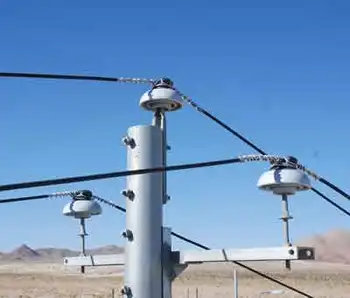GE looks to taller tower technology
SCHENECTADY, NEW YORK - GE announced the acquisition of next generation technology from Wind Tower Systems, LLC WTS that is expected to enable taller wind turbine towers. The need for taller, cost-efficient towers is becoming an important factor in the wind industry as blade lengths increase.
WTS has been working on the development of the space frame tower system technology for use at wind farm sites that require hub heights of 100 meters or more. The space frame tower technology is a highly engineered and optimized structure that will handle the unique static and dynamic loads generated by wind turbines.
WTS also has been developing innovative ways to transport and install these taller wind turbine towers. The space frame technology will use standard flatbed trucks. Hi Jack system technology can eliminate the need for heavy lift cranes during installation. These new technologies offer the ability to cost effectively extend the tower height, which in turn enables the turbine to produce more energy.
“We see great potential in the addition of this technology to our portfolio not only for our customers but also for the wind industry as a whole,” said Victor Abate, vice president-renewable energy for GE Power & Water. “Taller towers are an essential complement to longer blades. Longer blades capture more energy and in turn improve return on investment for wind farm developers.”
“The taller space frame towers and integrated lifting system concepts, developed with the support of the U.S. DOE and California Energy Commission, have been designed to drive lower wind energy costs,” said Thomas Conroy, CEO of Wind Tower Systems. ”We are delighted that the development of the company’s products will be completed and commercialized by GE.”
Plans are underway to install a prototype of the GEÂ’s space frame tower system technology to validate and test its design later this year with commercial availability targeted for 2012.
Related News

Court reinstates constitutional challenge to Ontario's hefty ‘global adjustment’ electricity charge
TORONTO - Ontario’s court of appeal has decided that a constitutional challenge of a steep provincial electricity charge should get its day in court, overturning a lower-court judgment that had dismissed the legal bid.
Hamilton, Ont.-based National Steel Car Ltd. launched the challenge in 2017, saying Ontario’s so-called global adjustment charge was unconstitutional because it is a tax — not a valid regulatory charge — that was not passed by the legislature.
The global adjustment funds the difference between the province’s hourly electricity price and the price guaranteed under contracts to power generators. It is “the component that covers the cost of…




